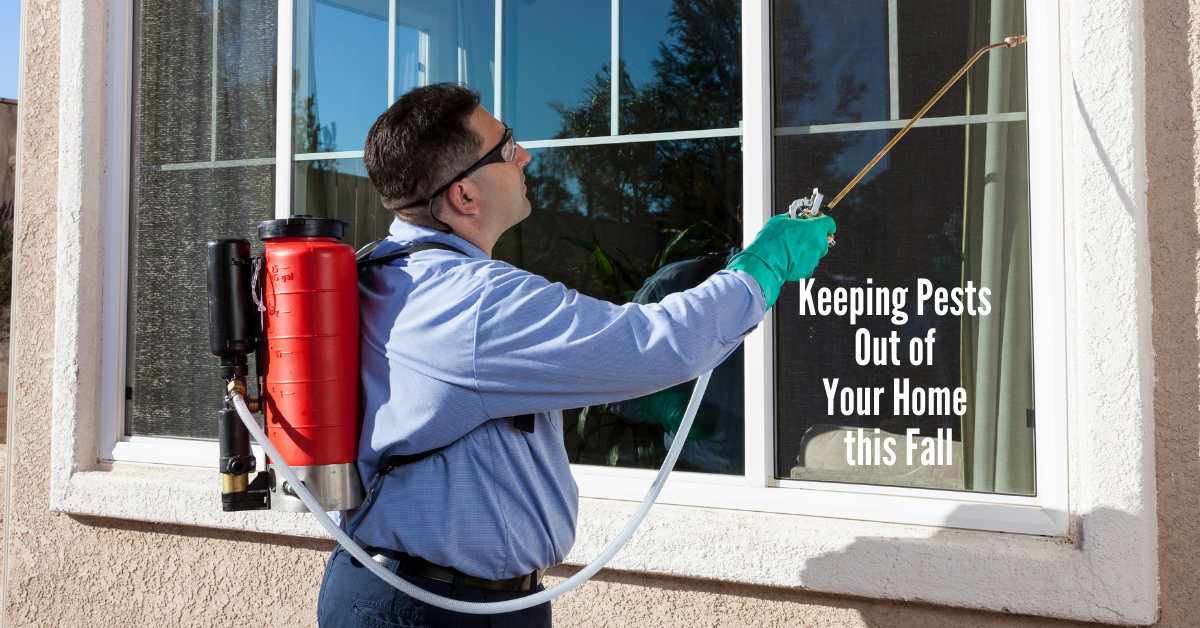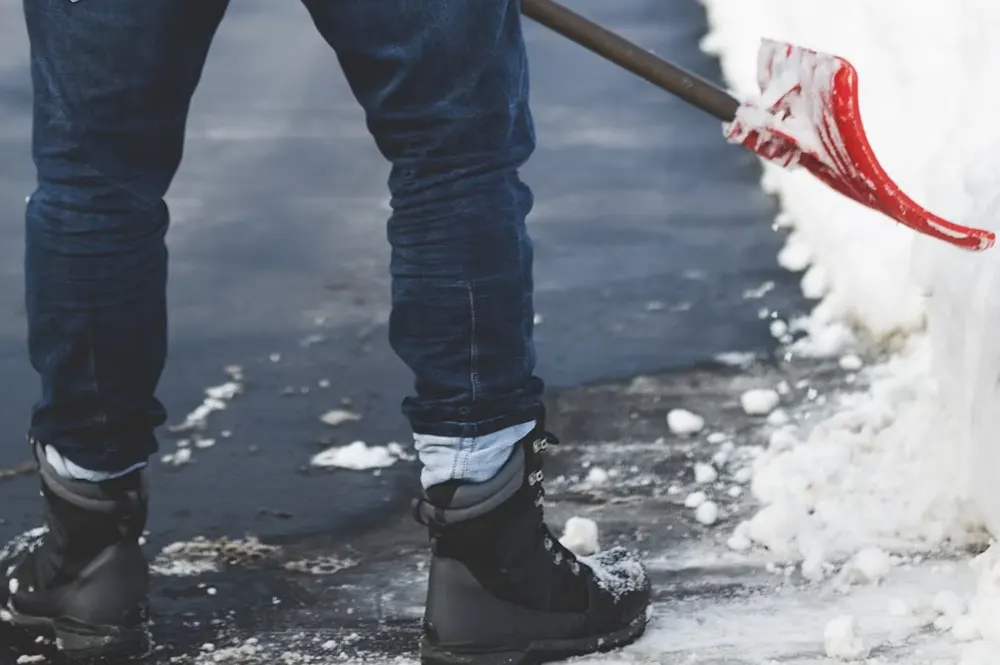- Have a pest control service visit your home quarterly (every 3-4 months) to spray around your foundation and in other areas where pest infestations are likely to occur.
- Use poisons or various traps to catch and kill larger pests like mice, rats, squirrels and moles. Humane traps, which allow you to catch the pests for release, are also available.
- Practice proper food hygiene. Pests might not only feed on improperly stored, spoiled or discarded food, but also might be attracted to mold growth, live plants, human waste, cooking residue and trash.
- Check and maintain the seals around all entry points of the home. These might include not only door and window seals, but also those around your foundation, eaves, gutters, air-conditioning system and washer/dryer vents.
- Have structural damage repaired promptly. Cracks in the foundation, damage to walls and roof disrepair could all create entryways for pests. Remember, though a crack might only appear in the home’s interior, that doesn’t mean a pest won’t be able to find a way in.
- Store your trash a safe distance from the house and always keep the lids closed on the bins. Periodically wash out the bins so that they don’t accumulate grime and mold.
- Flush your drains regularly to clear them of clogs, debris and dirt. If left to accumulate, drain grime can prove a perfect breeding ground for larvae and other pests.
A Note About Bed Bugs
Bed bugs are blood-sucking pests that can infest linens and bedding. With so much fabric in your household, it could be easy for a bed bug infestation to get out of hand. By regularly laundering all fabrics, vacuuming carpets and safely storing linens, you can reduce the risk of a bed bug outbreak.
For more pest management guidance and homeowners insurance solutions, contact us today.
BHC Insurance
https://www.bhca.com
479-452-4000
This flyer is for informational purposes only and is not intended as
professional advice. © 2021 Zywave, Inc. All rights reserved.








